B-1B Lancer crews from Dyess Air Force Base, Texas, have concluded participation in Red Flag-Nellis 25-3, employing a hybrid operations model that combined long-range missions from home station with forward mission planning in Nevada, according to a U.S. Air Force news release.
The training, held 21–31 July at Nellis Air Force Base, saw Dyess aircrews fly daily “VUL” sorties, the most vulnerable phases of simulated strike missions, from Texas to the Nevada Test and Training Range. Mission planning cell teams operated at Nellis, enabling integration with U.S. and allied forces launching locally.
“Not only is it our first Red Flag in three years, but we demonstrated how the B-1 can deliver combat power flexibly by launching from Dyess while seamlessly integrating with joint and coalition forces launching from Nellis,” said Lt. Col. Ashley Cook, commander of the 9th Bomb Squadron.
The exercise included hot-pit refuelling and aircrew swaps at Nellis, with participation from both the active-duty 9th BS and the Air Force Reserve’s 345th BS, highlighting what the service calls “Total Force integration.”
Capt. Nicole Sorrells, 9th BS flight commander, said Red Flag provided one of the first opportunities for new aviators to experience a large-force exercise. “It’s nothing like flying local sorties; we’re face-to-face with other squadrons and partners we’d deploy with. That’s where real integration happens.”
Dyess crews alternated between “Blue Air” strike roles and “Red Air” adversary missions, while coordinating with joint and allied participants in multi-domain scenarios.
Cook said the hybrid approach demonstrated operational agility. “Exercises like this prepare us to be more agile to practice how we would employ against today’s threats.”
Red Flag remains the U.S. Air Force’s flagship large-scale combat training event, aimed at improving survivability, lethality and mission planning in high-threat, realistic conditions.


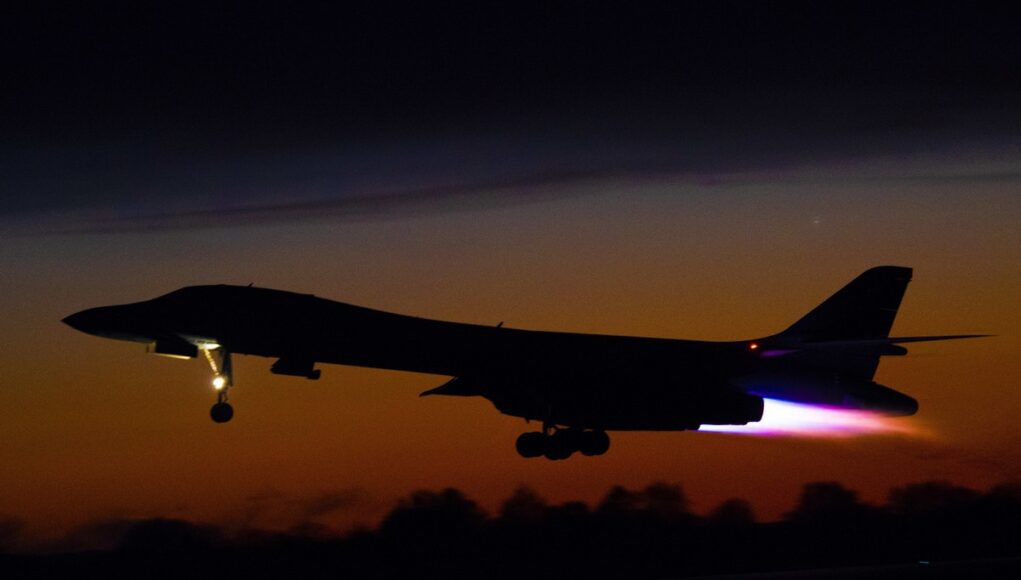
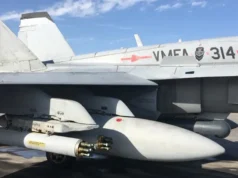

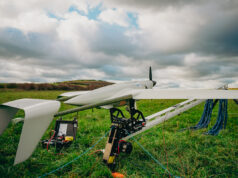
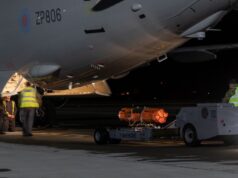
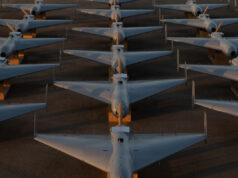
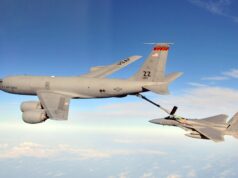
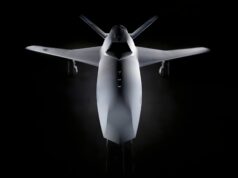

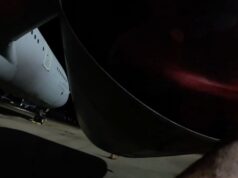
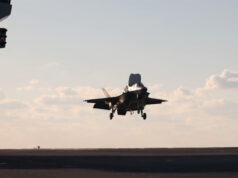

Noisey smelly things.
Lol.
That is what a mate of mine said about Hinds flying at Mildenhall in the 90s.
Loud, and the air stank with the diesel and dye in the smoke they released.
Ah, you are on about the Russians then ? Yes they stink, we had a iL72 doing holding circuits a few weeks back, horrible smell it made and It lingered for ages. The B1’s just smell like all the US jets, It’s sort of like Hot Dogs !
A mate of mine called for a show of force when we were in Afghan. He expected a pair of USMC F18s to answer as he knew they were in the area, but one of these answered instead. Said it was the most spectacular thing he witnessed. Sadly, I was in Kandahar Town at the time and missed it!
It’s sadly telling that modern USAF officers are bragging about “total force integration” & operating away from home-station or appear awestruck by operating “face-to-face with other squadrons.” I suppose it’s better to rediscover basic & fundamental capability than never at all, but it’s embarassing “we” have to rediscover this at all.
For my 10 active duty USAF intel years and up until recently, we basically learned to play one game only–low-to-medium intensity ops from fixed big bases. In Korea they never lost appreciation for a slugfest requiring dispersion–they didn’t even have to give such dispersed ops the corny acronym “ACE.”
But from 1945-1991–and even into the 90s–we understood that airpower had to be highly lethal, mass produced (or at least capable of mass *effects*), and would incur losses. Then came the wars of 9/11 and the loss of know-how and mindset. The thing is, that didn’t have to happen. But our culture changed. A string of embarrassing screw ups at our bomber bases in the 2000s were due 100% to the nuclear mission being marginalized. Whether aircrew, intel, maintenance, whatever . . . no one wanted to fly or support B-52s. During the Cold War, however, those billets were elite. Even if it meant living in Nebraska or North Dakota. (You could also be in SAC and based out of New England, mind you)
Launching from Base 1 and recovering to Base 2 was SOP for SAC–and TAC. It’s true you didn’t get a chance to physically relocate to another base every day, but you were expected to be able to do so . . . any given day.
Because the costs of aircraft & weapons skyrocketed (no pun intended), we were never able to make up for the cuts in *numbers* (people, aircraft, squadrons) suffered in the 1990s. Hence, we became adopted an “expeditionary” model . . . but unlike the Marines, who never lost the true meaning of the word, our “expeditions” took us to huge, NATO-calibre desert air bases.
Mind you, even while we there, we couldn’t hide our secret desire to be fighting the Chinese or Russkies–providing CAS & logistical support to the boys engaged in the *actual* war at hand was so . . . boring.
Well, that’s enough cynicism for the day. We still practiced complex mission planning and we still produced top-notch aviators & support personnel. It just appears we are having to relearn how it all fits together–and that some of own aircraft are going to get shot down & some of own people are going to die. Actually, I’m not sure we have relearned the last bit.
I wonder what will happen if the Russians lose their patience with US threats, and posturings, and demonstratuons of power, and descend to the same level of arrogant childishness ? Will that be it? Can we then have the nuclear war we so desire, and feel we can, of course, then blame it on Russian aggression ? Before it’s “lights out” for everyone ?